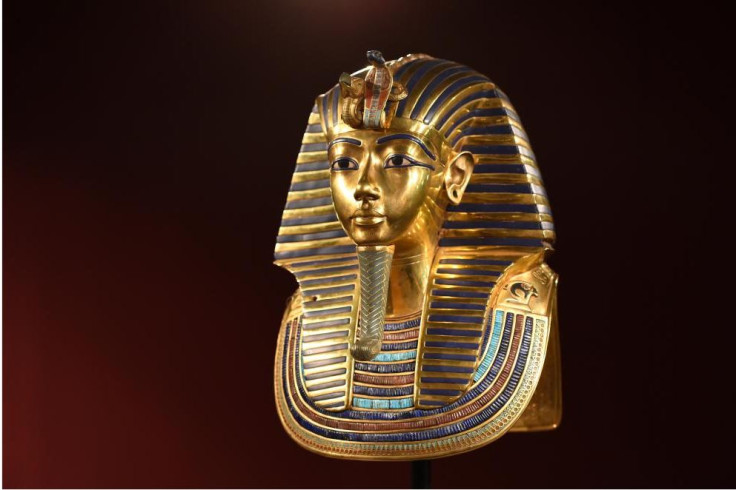King Tut's 3,000-year-old statue up for auction: Controversy explained
There is a deep mystery surrounding King Tut's head bust as to how it went out of Egypt and ended up in Prince Wilhelm's antiques collections as claimed by Christie's Auction House.
With Egyptian authorities exhausting all diplomatic and legal efforts to stop Christie's, a London-based auction house, from selling King Tutankhamun's 3,000-year-old head bust, there is spectulation that the bust might have actually been stolen from Karnak temple in Luxor. The auction is scheduled to take place on July 4.
Here is an explainer about the controversy surrounding this pharaoh and the statue.
Christie's Auction House has listed King Tut's head bust as a 28.5cm high statue over 3,000-years-old that exudes strength and serenity. The statue potrays the boy king as Amun - the ancient Egyptian god of sun and air.
It's like a pandora's box opened when King Tut's tomb was discovered in 1922 by Howard Carter, a British archaeologist. This was followed by years of excavation during which thousands of antiques were uncovered, with the most iconic treasure being King Tut's death mask. The National Geographic said the find was kept in the Cairo Museum.
The current controversy surrounds the head bust -- a brown quartzite head of the young King Tut, which according to Egyptian officials was stolen from the Karnak temple in 1970. Live Science said the Egyptian embassy in the United Kingdom has demanded the sculpture to be repatriated to Egypt. However, Christie's claims that Prince Wilhelm von Thurn und Taxis owned the sculpture in the 1960s and had sold it to Josef Messina, the owner of Galeria Kokorian & Co., Vienna in 1973 - 1974.

But Live Science has revealed that Wilhelm never owned the sculpture. Daria von Thurn und Taxis, Wilhelm's niece, had said that Wilhelm had "no interest" in ancient artifacts. He was not an art enthusiast . Live Science said the controversial bust may have been owned by Prince Raimondo Torre Tasso, Wilhelm's cousin, who lived in a castle in Italy. Daria said the castle was noted for its antiquities. However, this hasn't solved who owned the statue as Prince Raimondo's family has denied ever owning King Tut's sculpture.
The auction house's global head of corporate affairs, Catherine Manson, claims to have done extensive research into the ownership of the sculpture. It has even said that Daria was "very young" at the time and cannot precisely recall the head bust. Manson, through an email to Live Science, said they had verified provenance with all previous owners of the head, including Josef Messina, who confirmed that King Tut's statue was already in the Prince Wilhelm von Thurn und Taxis Collection in Vienna in the 1960s.
However, the mystery continues because there are no supporting documents to prove that Wilhelm ever owned the sculpture. Zahi Hawass, former Egyptian minister of antiquities, told the Guardian that Christie doesn't have papers to show that the statue left Egypt legally.
This article originally appeared in IBTimes US.
This article is copyrighted by International Business Times, the business news leader




















